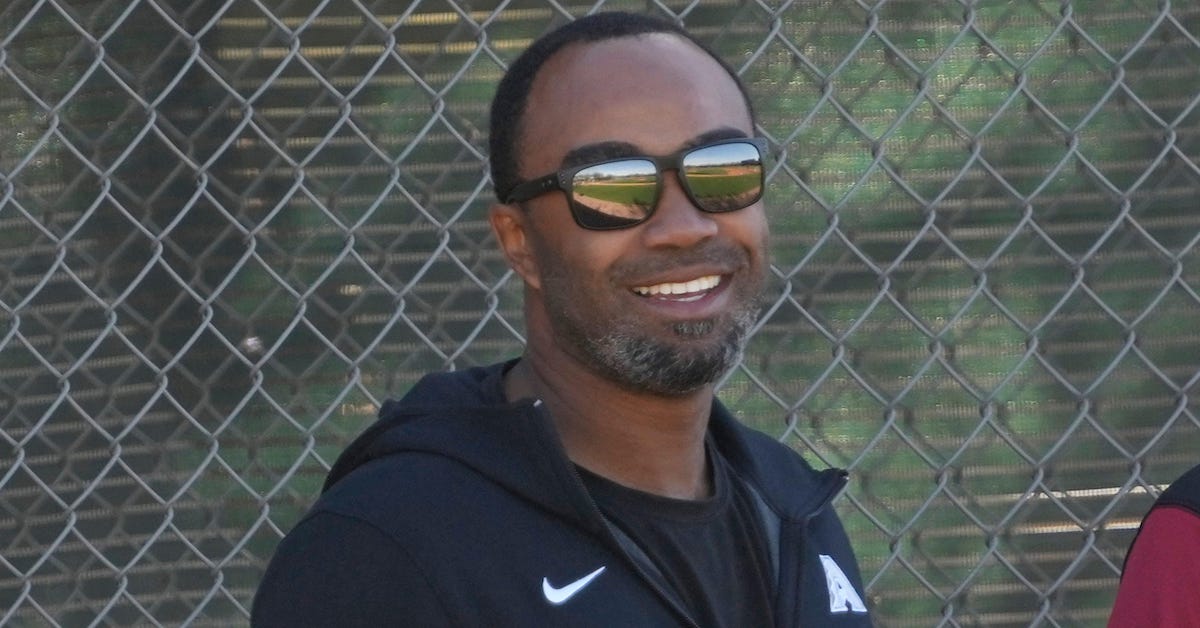The Bryan Reynolds Conundrum

Despite three seasons until he hits free agency, the Pirates find themselves at a crossroads with Bryan Reynolds. Pittsburgh shipping out veterans as they approach lucrative paydays is a 30-year-old story, and as the team’s young(ish) star with the most service time, it’s no surprise that Reynolds would be the subject of constant, swirling rumors. He and the Pirates talked about an extension, but nothing came of it; seeking a little more clarity, the 2021 All-Star requested a trade. Luckily, unlike the Gerrit Cole situation, there hasn’t been a decisive break between player and organization, and Reynolds is still open to discussing an extension. But what kind of extension is realistic for Reynolds, and will the Pirates be able to field a contender while they have him?
Per The Athletic, the Pirates and Reynolds were about $50 million apart in their extension talks. Given that this $50 million isn’t, say, the difference between $300 and $350 million, it’s a notable separation. Pittsburgh’s offer was six years and $75 million, covering a few years of free agency; that would be the largest contract in team history, but that mostly reflects the ultra-thrifty approach of the Bucs, not some surfeit of munificence on their part. Compared to the eight-year, $70 million contract that Ke’Bryan Hayes signed, it seems downright miserly, given how far away Hayes was even from arbitration at the time.
Reynolds had a notable dropoff in play from 2021 to ’22, going from .302/.390/.522, 6.1 WAR to .262/.345/.461, 2.9 WAR, but a large chunk of that dropoff was to be expected given the pattern of what happens to players after career-best seasons. And in any case, there was never a chance the Pirates were actually going to offer him a contract consistent with the notion that he was a six-win player, because then you’re getting into Juan Soto territory. But as a three- or four-win player with a few years of arbitration remaining, it’s close enough for a deal to be plausible.
So let’s run the numbers. The current contract, a two-year deal to avoid arbitration, already covers the 2023 season, so we’ll focus the projection as an extension past this season. Read the rest of this entry »







